The Greenland Ice Sheet is a valuable indicator of climate change. Using aerial photos taken in the 1980s, satellite data from the 1990s and beyond and modern 3-D modeling techniques, researchers have been able to track the shrinking size of this huge ice sheet.
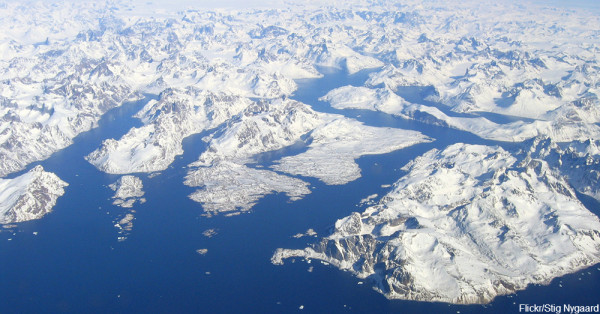
When scientists used 3-D modeling to examine aerial photos and satellite images of the Greenland Ice Sheet, they made a shocking discovery: Greenland lost more than 9,000 gigatons of water ice between 1900 and 2010, and the rate of loss is speeding up. This loss of ice has potentially devastating effects on sea levels, which have already risen 1 inch due to ice lost from Greenland since 1900.
Older images were combined to create accurate 3-D maps of the surface of the ice sheet, which allowed scientists to gain new insight into how its size and shape have changed. These 3-D models show the ice sheet in more detail than was possible in previous analyses.
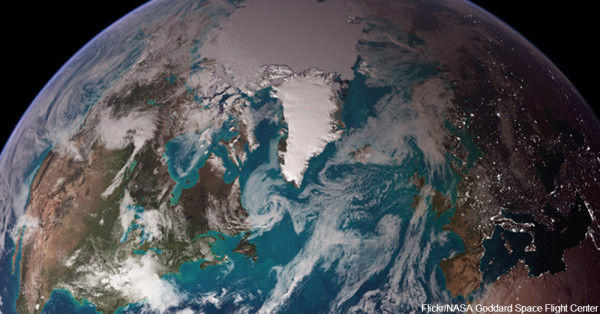
Scientists believe that rising global temperatures are causing ice in Greenland to melt, which shrinks the ice sheet and also causes global sea levels to rise, as tons of meltwater rush into the ocean. Until recently, the rate of change in the size of the Greenland Ice Sheet has been uncertain, but the new analysis has shown that the distribution of ice mass is rapidly changing in response to changes in temperature.
Researchers have also been able to identify areas of the Greenland Ice Sheet that are particularly sensitive to changes in temperature. Through careful analysis, they have created a map showing the most at-risk parts of the ice sheet.
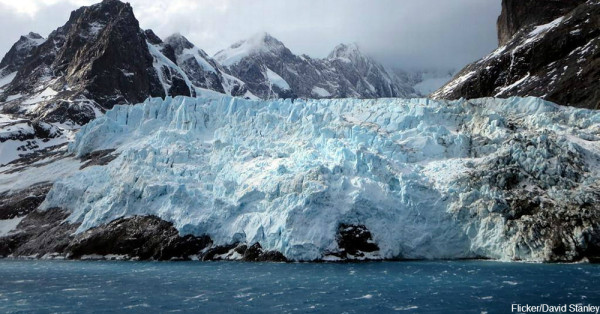
Between 2003 and 2010, the Greenland Ice Sheet lost mass more than twice as quickly as during the 20th century. This finding leads scientists to the troubling conclusion that the effects of climate change could be speeding up.
Climate change has the potential to affect the lives of everyone on Earth. However, many people only have a patchy understanding of the dangers posed by climate change. Eager to know more? Read on about ice melting, ocean currents and climate change at The Rainforest Site.

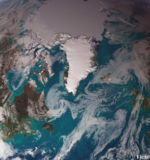
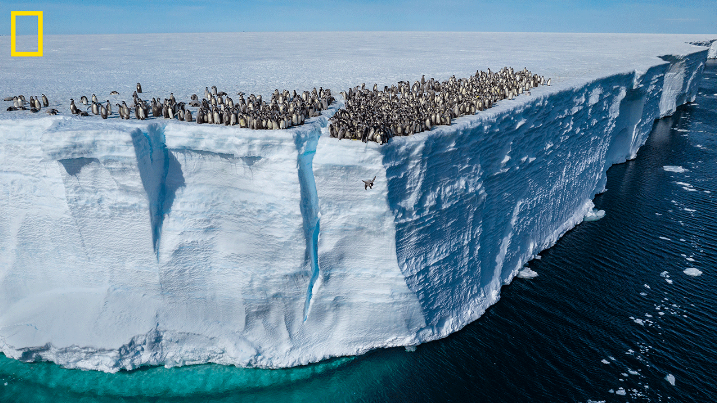


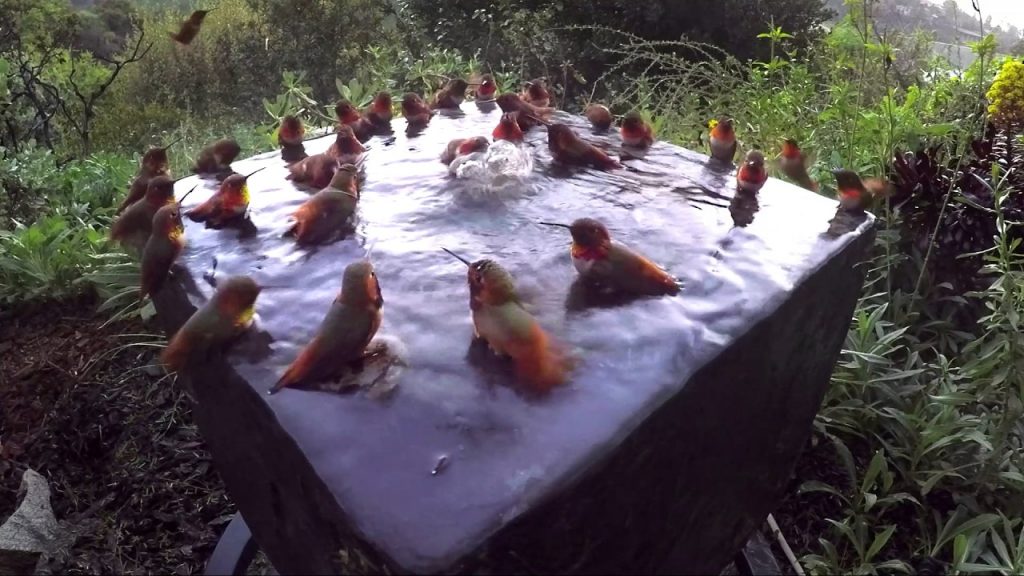


 Photographer Finds Locations Of 1960s Postcards To See How They Look Today, And The Difference Is Unbelievable
Photographer Finds Locations Of 1960s Postcards To See How They Look Today, And The Difference Is Unbelievable  Hij zet 3 IKEA kastjes tegen elkaar aan en maakt dit voor zijn vrouw…Wat een gaaf resultaat!!
Hij zet 3 IKEA kastjes tegen elkaar aan en maakt dit voor zijn vrouw…Wat een gaaf resultaat!!  Scientists Discover 512-Year-Old Shark, Which Would Be The Oldest Living Vertebrate On The Planet
Scientists Discover 512-Year-Old Shark, Which Would Be The Oldest Living Vertebrate On The Planet  Hus til salg er kun 22 kvadratmeter – men vent til du ser det indvendigt
Hus til salg er kun 22 kvadratmeter – men vent til du ser det indvendigt  Nearly Frozen Waves Captured On Camera By Nantucket Photographer
Nearly Frozen Waves Captured On Camera By Nantucket Photographer  It’s Official: Astronomers Have Discovered another Earth
It’s Official: Astronomers Have Discovered another Earth  Meteorite That Recently Fell in Somalia Turns Out to Contain Two Minerals Never Before Seen on Earth
Meteorite That Recently Fell in Somalia Turns Out to Contain Two Minerals Never Before Seen on Earth  Superknepet – så blir snuskiga ugnsformen som ny igen!
Superknepet – så blir snuskiga ugnsformen som ny igen! 